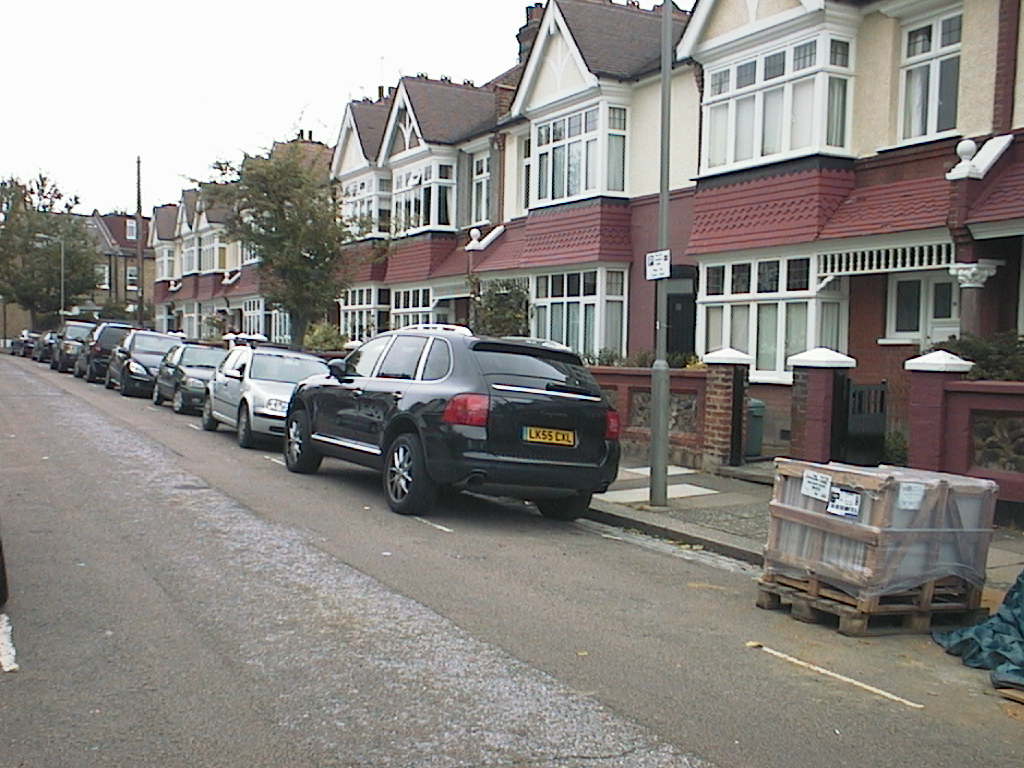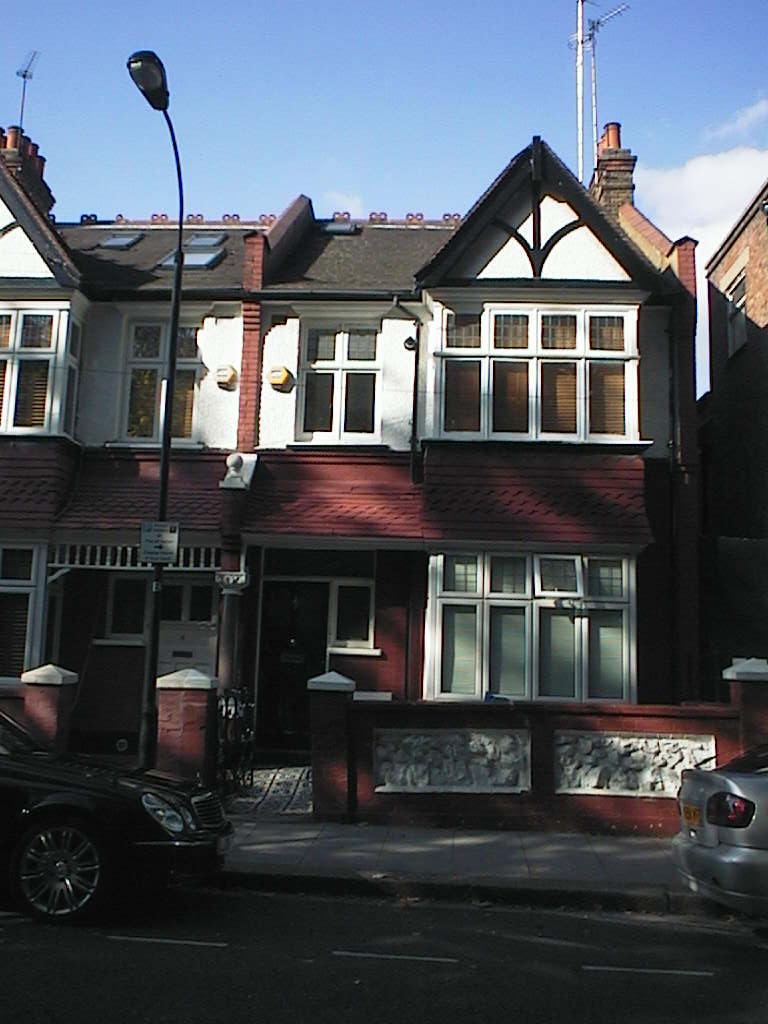Houses and
Grandstands: Henry Norris’ Architects
Last
updated: Febuary 2009
FRANK LEONARD POOLE
was also apprenticed to his father Josiah in Southampton.
Then, he too went to London to work for
William Poole’s business. He wasn’t a
partner, at least not at first.
References in the minutes of Wandsworth and Fulham councils are
always
to William Clinch Poole alone until just before his death, and in 1901
Frank
Poole told the census taker he was an employee, not a partner or an
employer. Frank Poole had married Kate
Brider in 1899
and in 1901 they were living at 91 Leathwaite Road Battersea,
convenient for
the office. His sister Ella was living
with them; and all three were renting rooms from the householder
Clarence
Lightfoot. Lightfoot was a
carpenter. I wonder if he worked for
Allen and Norris?
The Builder on 22 September 1911 stated that Frank Poole
had designed the houses that were being built by Allen and Norris on
their
estate at Southfields, Wandsworth; they built houses to the same design
at the
Crabtree Lane Estate in Fulham. It’s
possible that the first design for Allen and Norris done by Frank
rather than
William Poole was the short row on Niton Street; but that’s just a
hunch of
mine, the application was from William Poole’s office, not by any one
in
particular who worked there, so there’s now no way of telling. My hunch
about
Niton Street is because Frank Poole’s design for Southfields is an even
bigger
move away from William’s design for Morrison’s Farm; perhaps it shows
the
generation gap between the two brothers, the younger growing up (as it
were)
with Bedford Park.


When I visited
Southfields, only having seen Morrison’s Farm before, my first
impression was
of brown-ness, rather than red-and-whiteness.
You can see that clearly on the picture of the north side of
Gatwick
Road Southfields. The picture of 2
Crabtree Lane looks pretty brown too but that was a photographic
slip-up on my
part! When I was looking at it, it gave
an impression of whiteness Bedford
Park-type features in the Southfields design are:
-
gables
-
making a feature of the chimney stack
-
white-painted render, contrasting with the brown tiles
-
the front door is at the edge of a cube-shaped ground plan;
the bay sticks out in front of that and a tiled overhang is built from
the edge
of the bay across the front step to the house next door: a porch of
sorts but
more in the manner of Bedford Park than Victorian England because
there’s not
much protection from the rain while you’re waiting to be let in
-
double-height bays